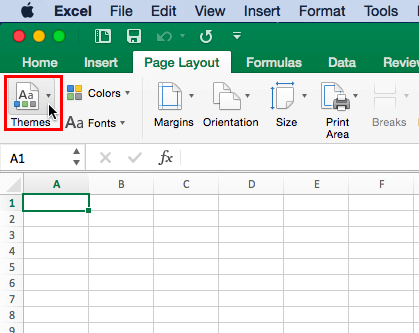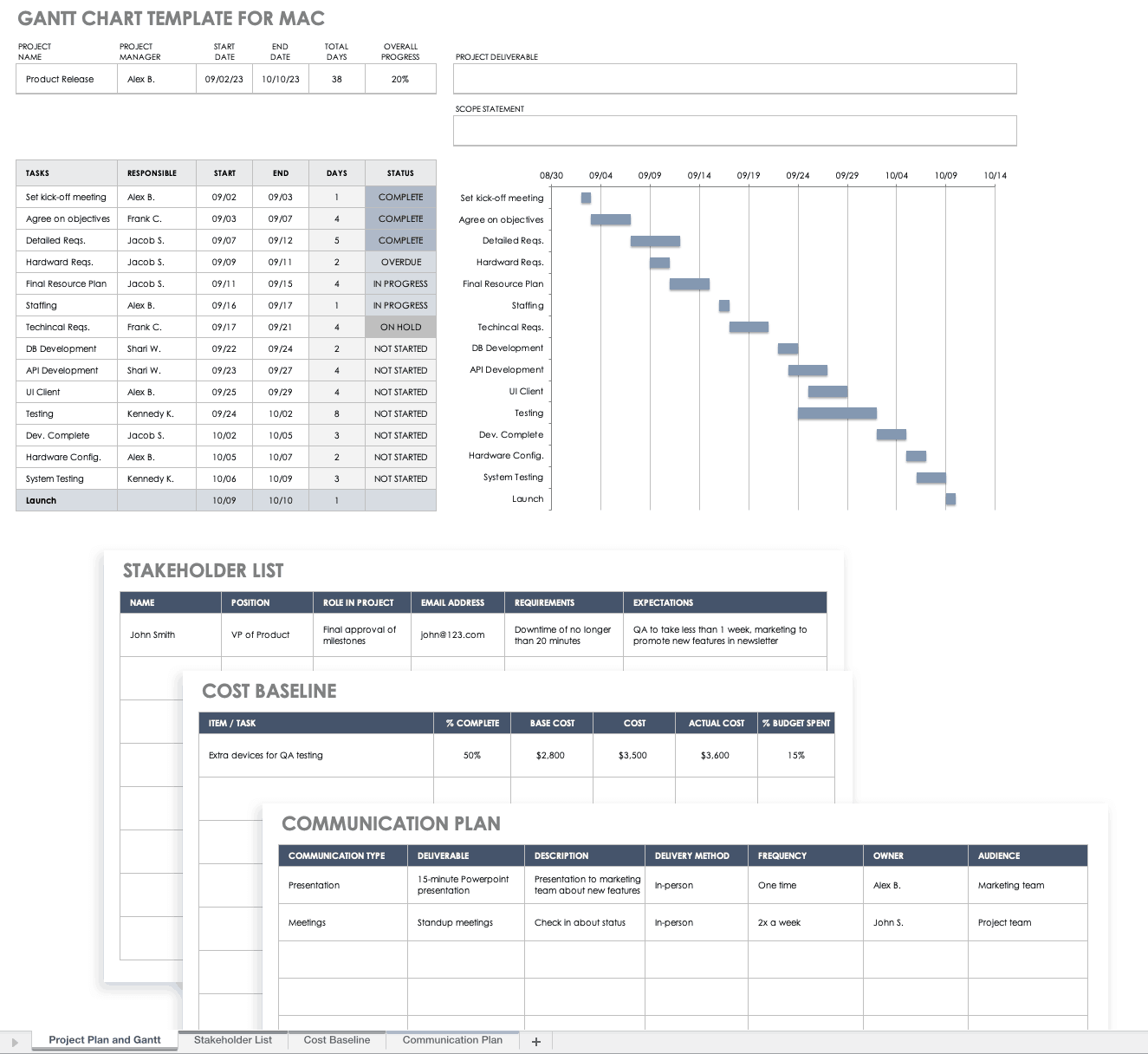

Each section of data, or output from formulas, can be combined into an existing table, or placed into a new table. Tables are an X and Y collection of cells, like a sheet, but extend only to the limits of the data they hold. In contrast, Numbers does not have an underlying spreadsheet in the traditional sense, but uses multiple individual tables for this purpose.
#PAGE LAYOUTS EXCEL FOR MAC PRO#
Quattro Pro commonly introduced the idea of multiple sheets in a single book, allowing further subdivision of the data Excel implements this as a set of tabs along the bottom of the workbook. In order to manage this complexity, Excel allows one to hide data that is not of interest, often intermediate values. Sheets often grow very complex with input data, intermediate values from formulas and output areas, separated by blank areas. The rest of the sheet is "sparse", currently unused. Data is manipulated using formulas, which are placed in other cells in the same sheet and output their results back into the formula cell's display. Some of these cells, selected by the user, hold data. In order to provide a large workspace, conventional spreadsheets extend a table in X and Y to form a very large grid-ideally infinite, but normally limited to some smaller dimension. This difference is not simply a case of syntax. In contrast, Numbers uses a separate "canvas" as its basic container object, and tables are among the many objects that can be placed within the canvas.

In effect, the spreadsheet and the table are one and the same. In the traditional model, the table is the first-class citizen of the system, acting as both the primary interface for work, and as the container for other types of media like charts or digital images. Numbers works in a fashion somewhat different from traditional spreadsheets like Microsoft Excel or Lotus 1-2-3. At its introductory demonstration, Steve Jobs pitched a more usable interface and better control over the appearance and presentation of tables of data.ĭescription Basic model Numbers also includes numerous stylistic improvements in an effort to improve the visual appearance of spreadsheets. However, it implements these using traditional spreadsheet concepts, as opposed to Improv's use of multidimensional databases. Numbers also includes features from the seminal Lotus Improv, notably the use of formulas based on ranges rather than cells. In comparison, traditional spreadsheets like Microsoft Excel use the table as the primary container, with other media placed within the table. Other media, like charts, graphics and text, are treated as peers. Numbers uses a free-form "canvas" approach that demotes tables to one of many different media types placed on a page. The app was later updated to support iPhone and iPod Touch. The iPad version was released on 27 January 2010. Numbers 1.0 on OS X was announced on 7 August 2007, making it the newest application in the iWork suite. Numbers is available for iOS, and macOS High Sierra or newer. as part of the iWork productivity suite alongside Keynote and Pages. Numbers is a spreadsheet application developed by Apple Inc. English, Catalan, Croatian, Czech, Danish, Dutch, Finnish, French, German, Greek, Hindi, Hungarian, Indonesian, Italian, Japanese, Korean, Malay, Norwegian, Polish, Portuguese, Romanian, Russian, Simplified Chinese, Slovak, Spanish, Swedish, Thai, Traditional Chinese, Turkish, Ukrainian, Vietnamese


 0 kommentar(er)
0 kommentar(er)
